Back to the Bauhaus school days of Swiss polymath Max Bill
An exhibition at Hauser & Wirth Zurich explores the multilayered bonds formed between the artist and his fellow students at the Dessau institution
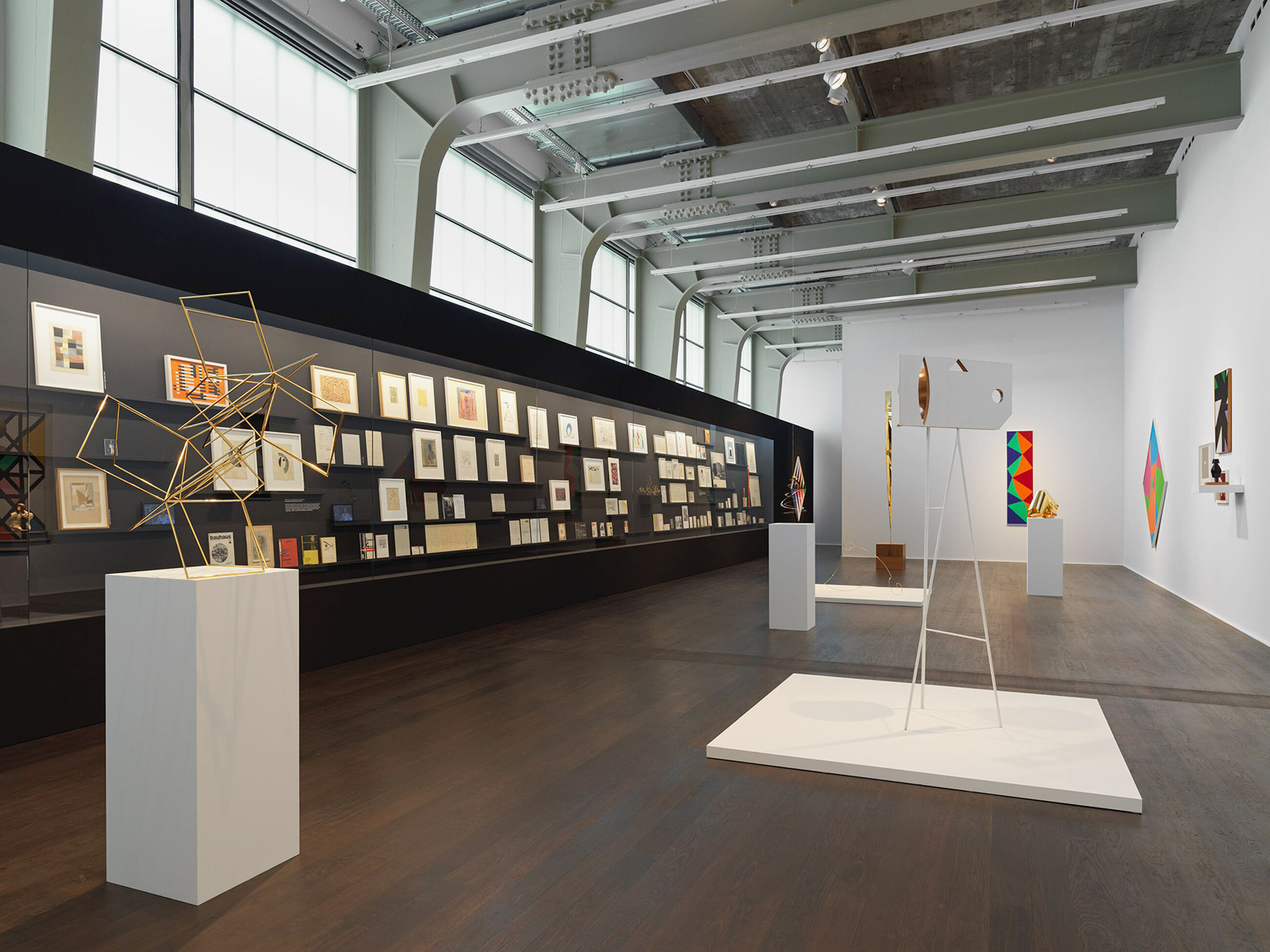
‘He was a workaholic, but he was also a womaniser,’ Dr Angela Thomas Schmid recalls – not without affection – speaking of her late husband, the Swiss artist, architect, and designer Max Bill. The art historian is the president of Bill’s estate, and the curator of a small but insightful new exhibition at Hauser & Wirth Zurich, exploring his ongoing exchanges with the masters of the Bauhaus.
Trained as a silversmith and an insatiable autodidact, Bill was only 16 when he had his first break abroad, thanks to Sophie Taeuber-Arp who spotted his talent at the design school in Zurich and presented his functional works in Paris for the International Exhibition of Modern Decorative and Industrial Arts in 1925. And it was the Parisian gallerist and patron Jeanne Bucher – whom Bill met later – who would push him to find his own style.
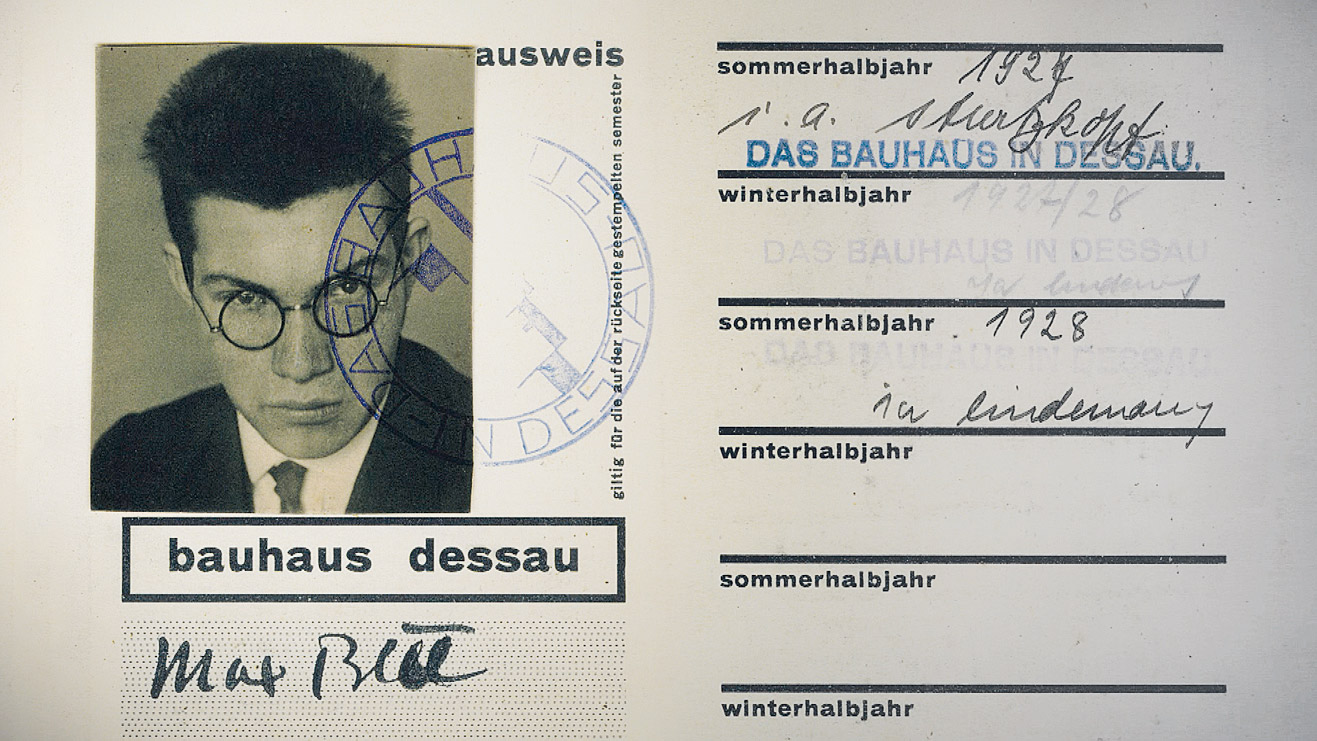

Above, Max Bill’s Bauhaus student identification card. Below, Haus Bill, the artist’s residence and studio in Zumikon, near Zurich.
His participation in the exhibition at the Grand Palais and a trip with Taeuber-Arp to Paris instilled a great sense of confidence in Bill and inspired him to study modernist architecture. The following year, hearing that a new Bauhaus school was opening in Dessau, Bill applied and was accepted, aged 18, enrolling with the first cohort of students to attend in 1926.
He was taught by Josef Albers, Paul Klee, Wassily Kandinsky, Oskar Schlemmer, and László Moholy-Nagy (the latter is concurrently subject of an exhibition at Hauser & Wirth’s London gallery). Though he would continue to engage with the Bauhaus way of thinking, Bill later rejected an opportunity to join the teaching staff at the Bauhaus school in Chicago. Instead he founded, designed and built his own school in 1953, the Hoschschule fur Gestaltung, in Ulm.
RELATED STORY
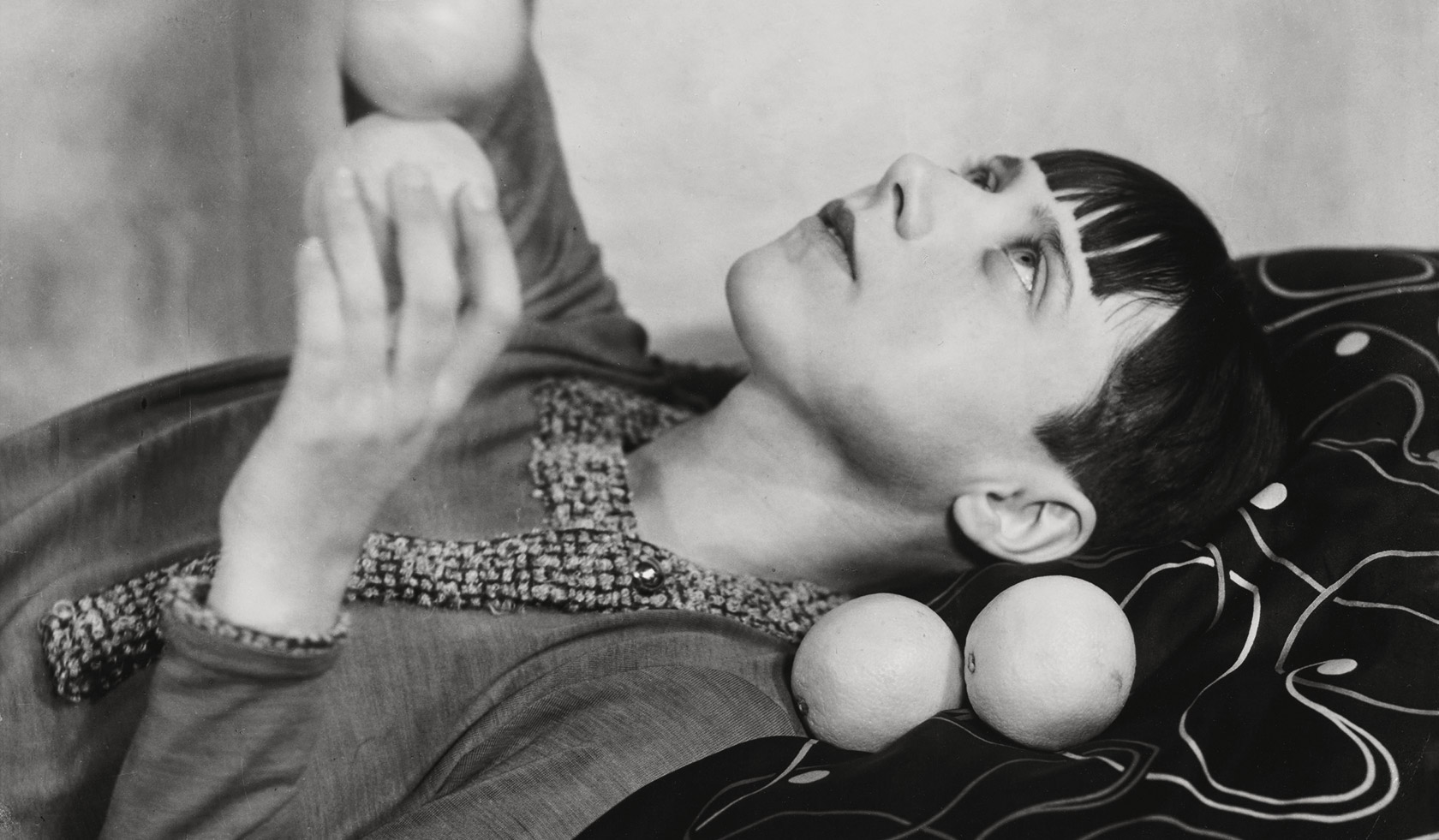
Although these leading men of the Bauhaus undoubtedly had a major impact on Bill’s practice and thinking, his path was shaped just as much by the strong female students he met at the school. In the two years he would spend there, he ‘fell in love four times’, Schmid notes. But his fascination with women wasn’t only sexual interest. Impressed by the ideas of group of left wing, emancipated women with bobbed haircuts smoking cigarettes in the weaving workshops, it was their uninhibited dancing, reportedly, that encouraged Bill to unearth his own erotic energy.
Bill’s friendships with Katt Both and Hilde Rantzsch in particular are celebrated in a 1927 portrait he drew of the pair, cigarettes dangling from their mouths. His love of feminine forms is playfully commemorated in a photograph of Bill dressed up with breasts for a theatre performance at Dessau. Seen in parallel to the curving, swirling, circuitous forms of two resplendent metal sculptures, one of which is presented in public for the first time, his appreciation seems formal and deeper rooted.
As Schmid shooed away two men standing in front of a vitrine to make room to explain examples of Bill’s work better, it was also clear that the artist’s legacy in the future will continue to be carefully guided by female forces.
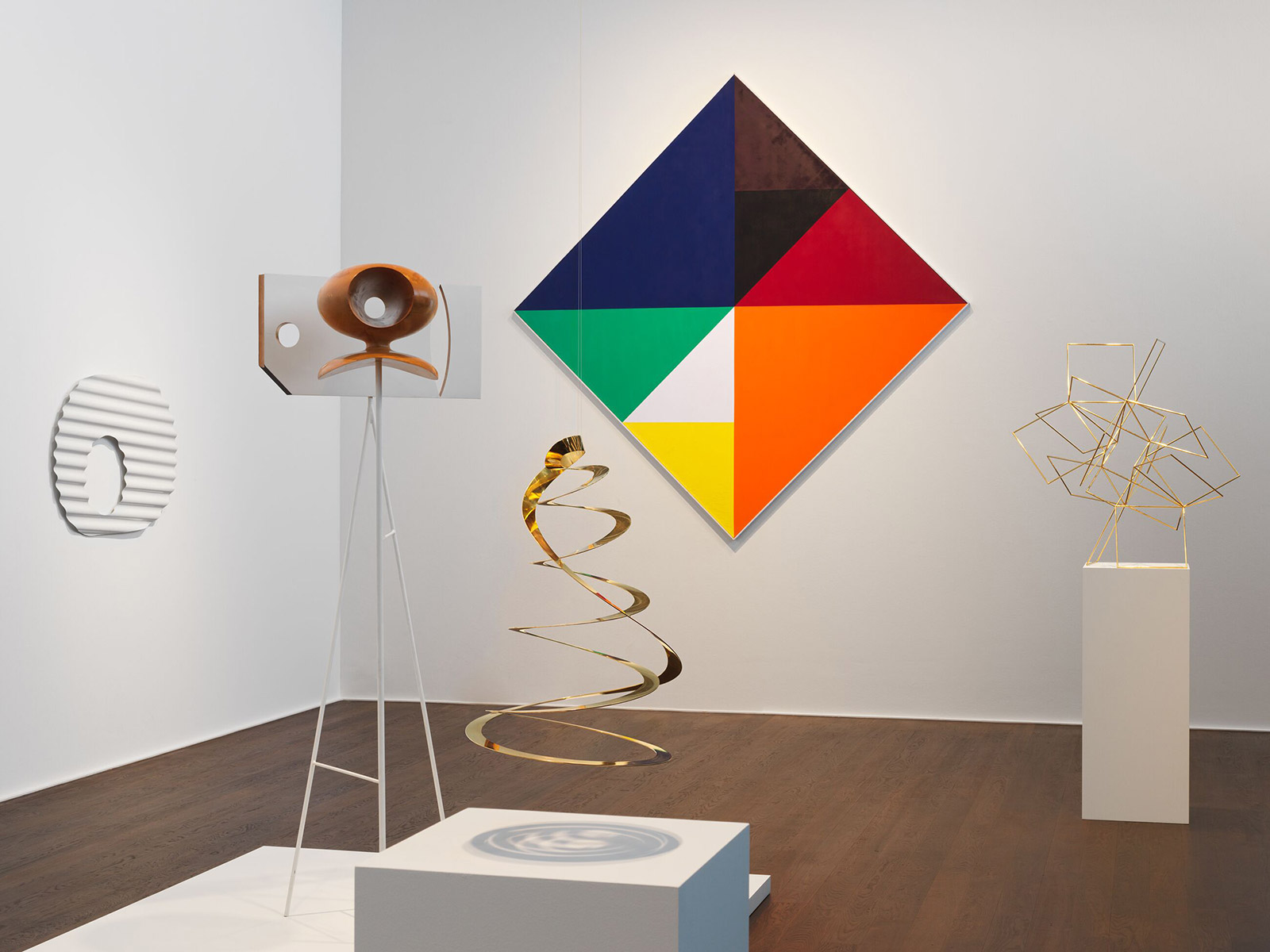
Max bill bauhaus constellations’ at Hauser & Wirth Zurich. © Angela Thomas Schmid / 2019 ProLitteris, Zurich.
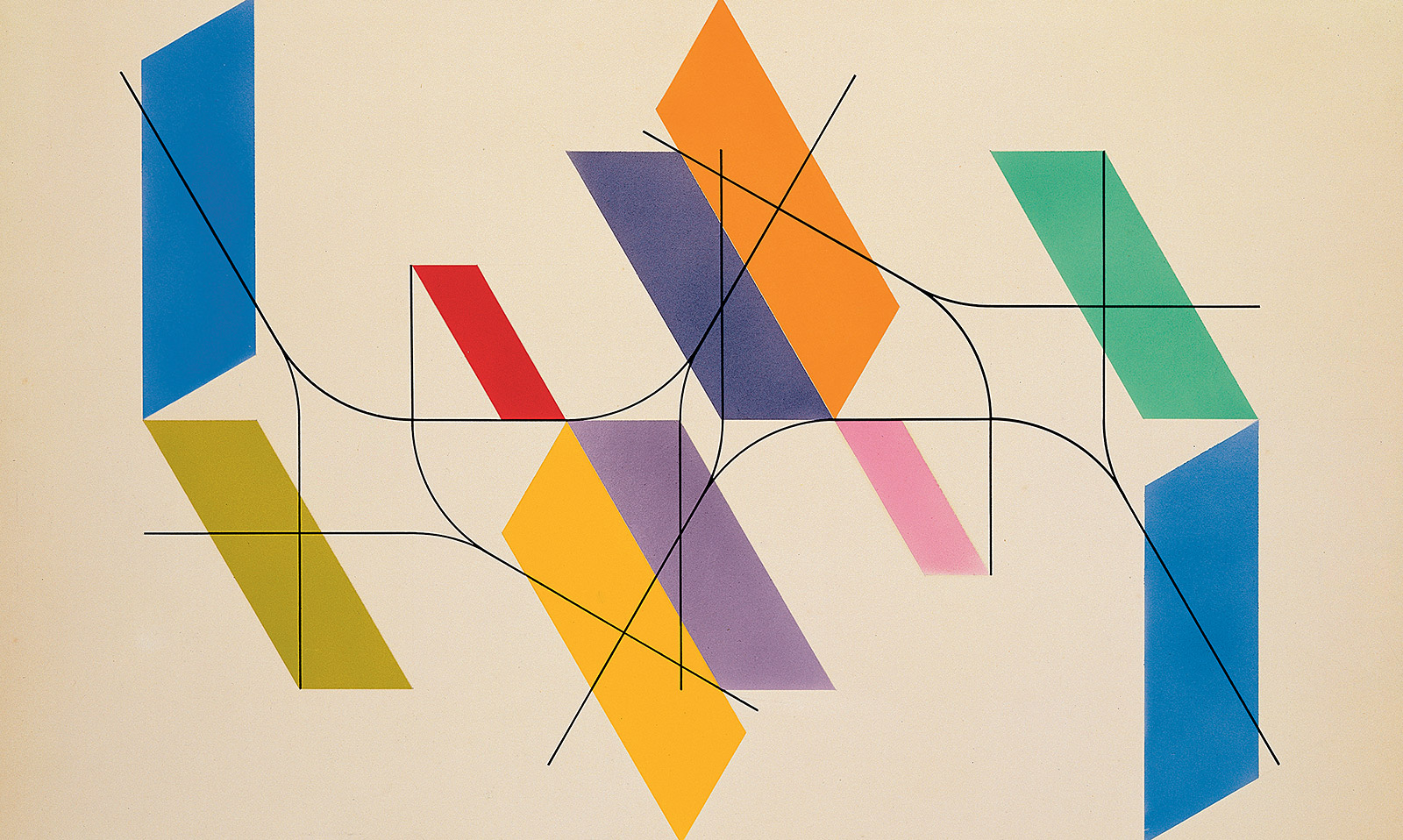
konstruktion auf der formel a² + b² = c² (construction from formula a² + b² = c²), 1937, by Max Bill, multicoloured gouache and ink on cardboard.
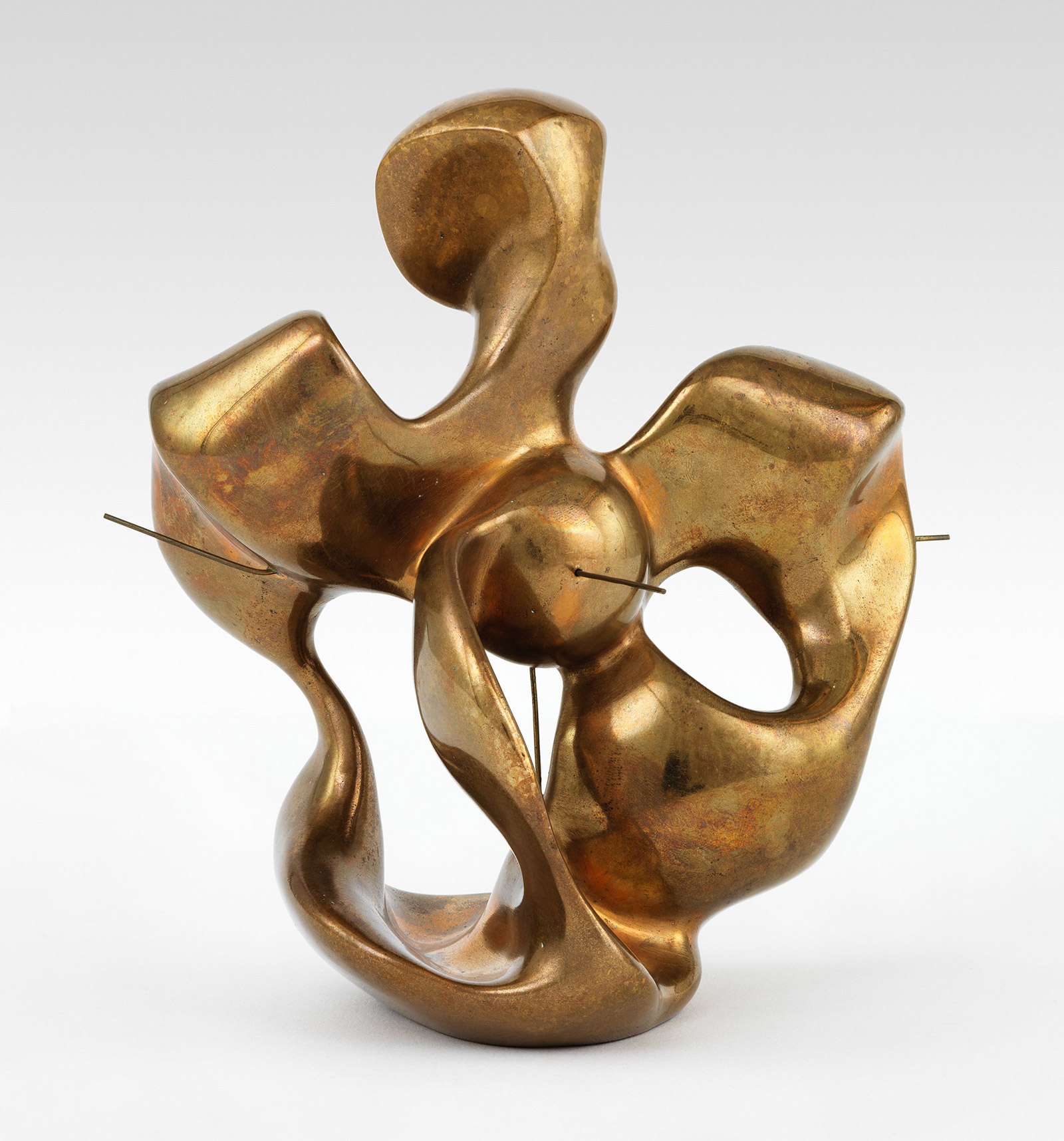
Construction dans la sphere, 1918, by Georges Vantongerloo, bronze.
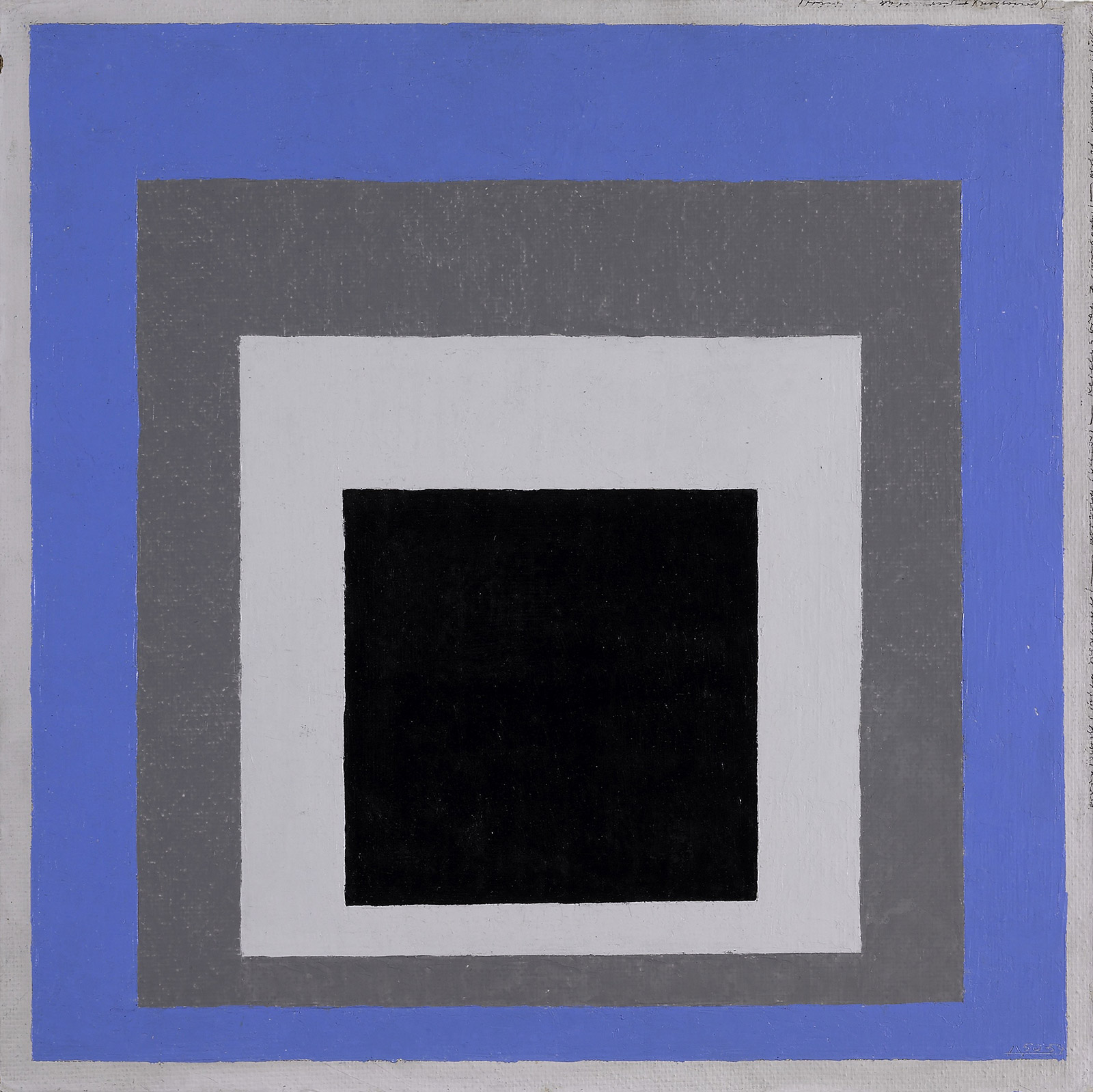
Study to homage to the square: apodictic, 1950-1954, by Josef Albers, oil on masonite.
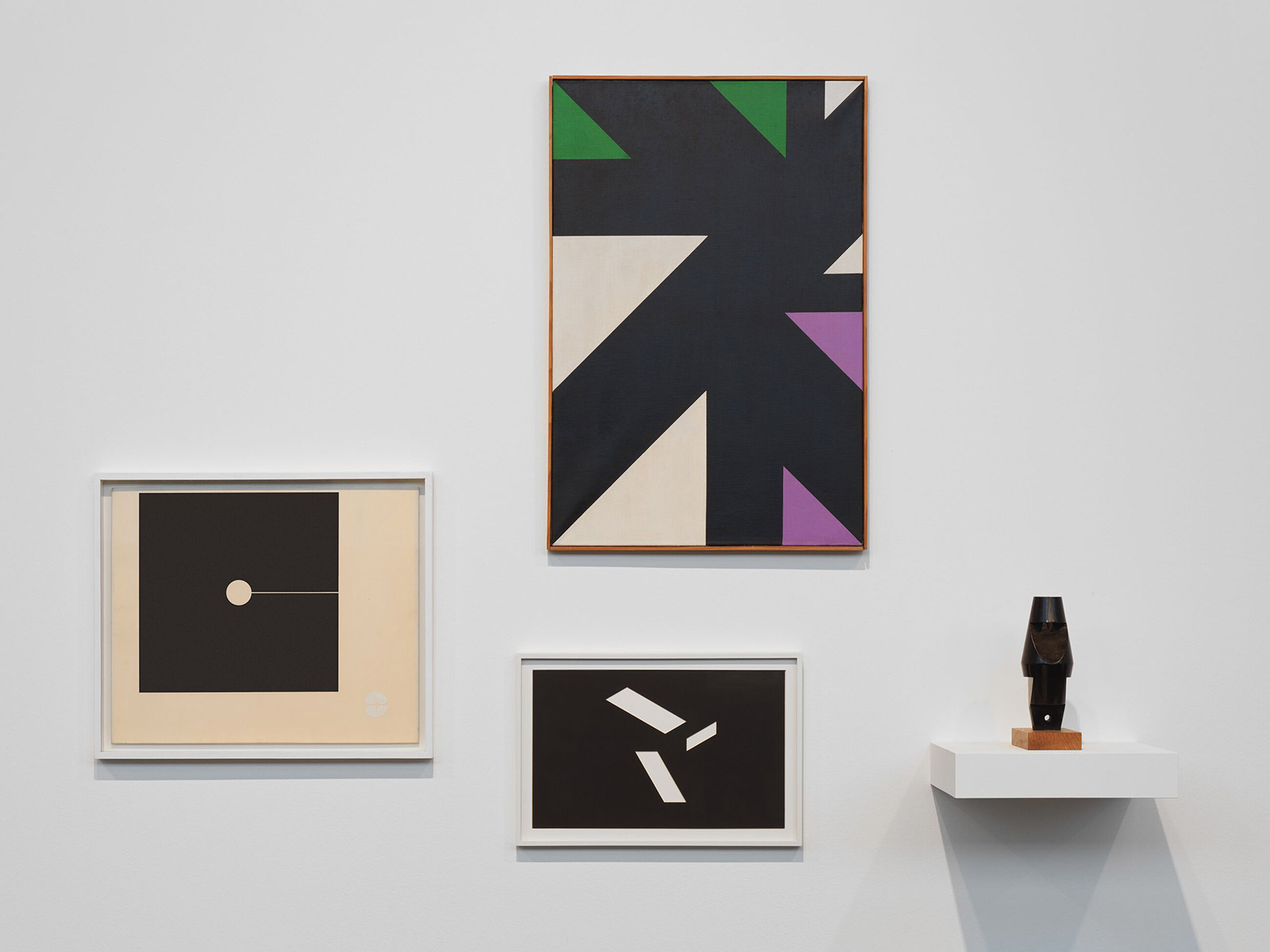
Max bill bauhaus constellations’ at Hauser & Wirth Zurich. © Angela Thomas Schmid / 2019 ProLitteris, Zurich.
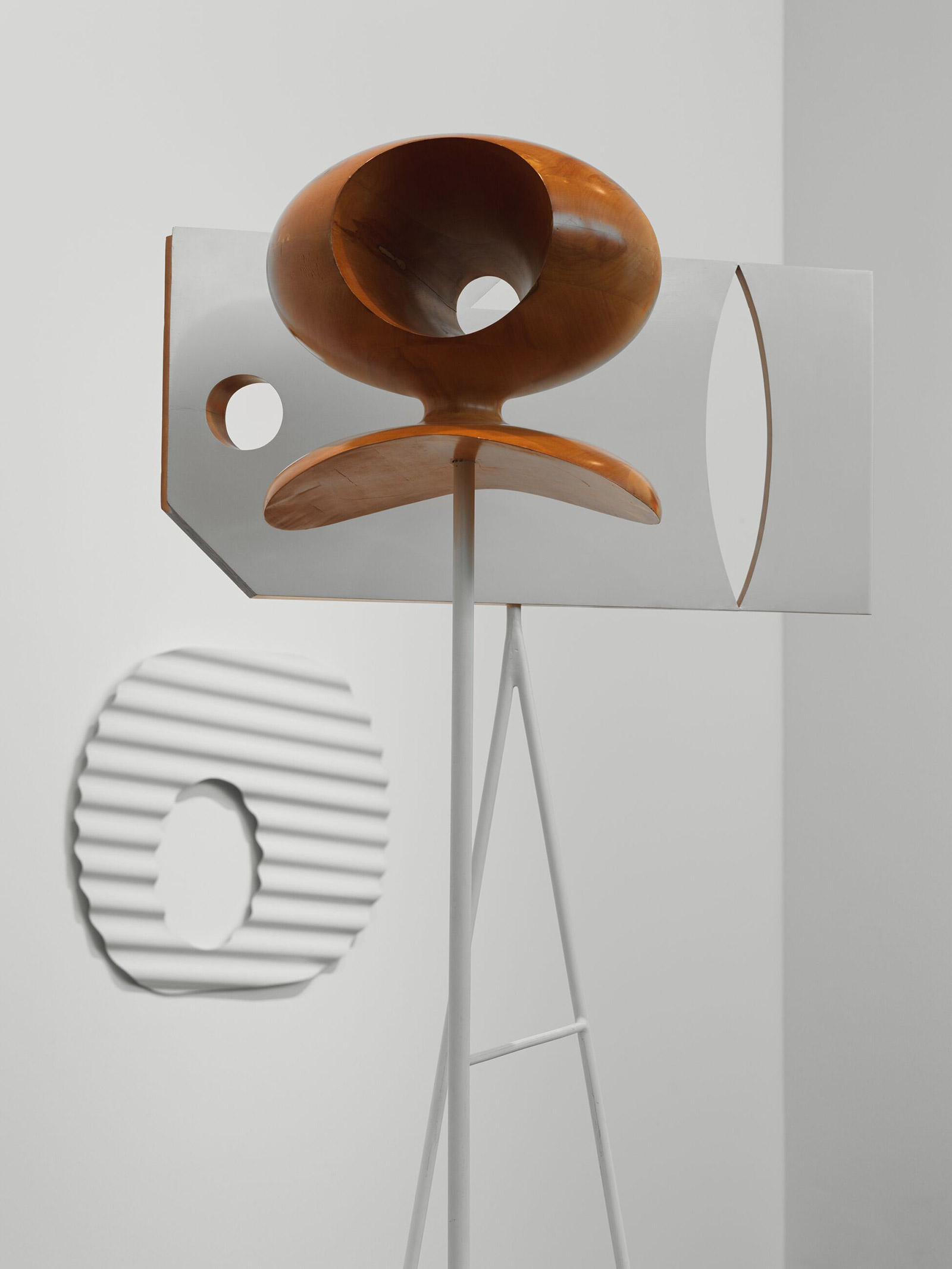
Max bill bauhaus constellations’ at Hauser & Wirth Zurich.
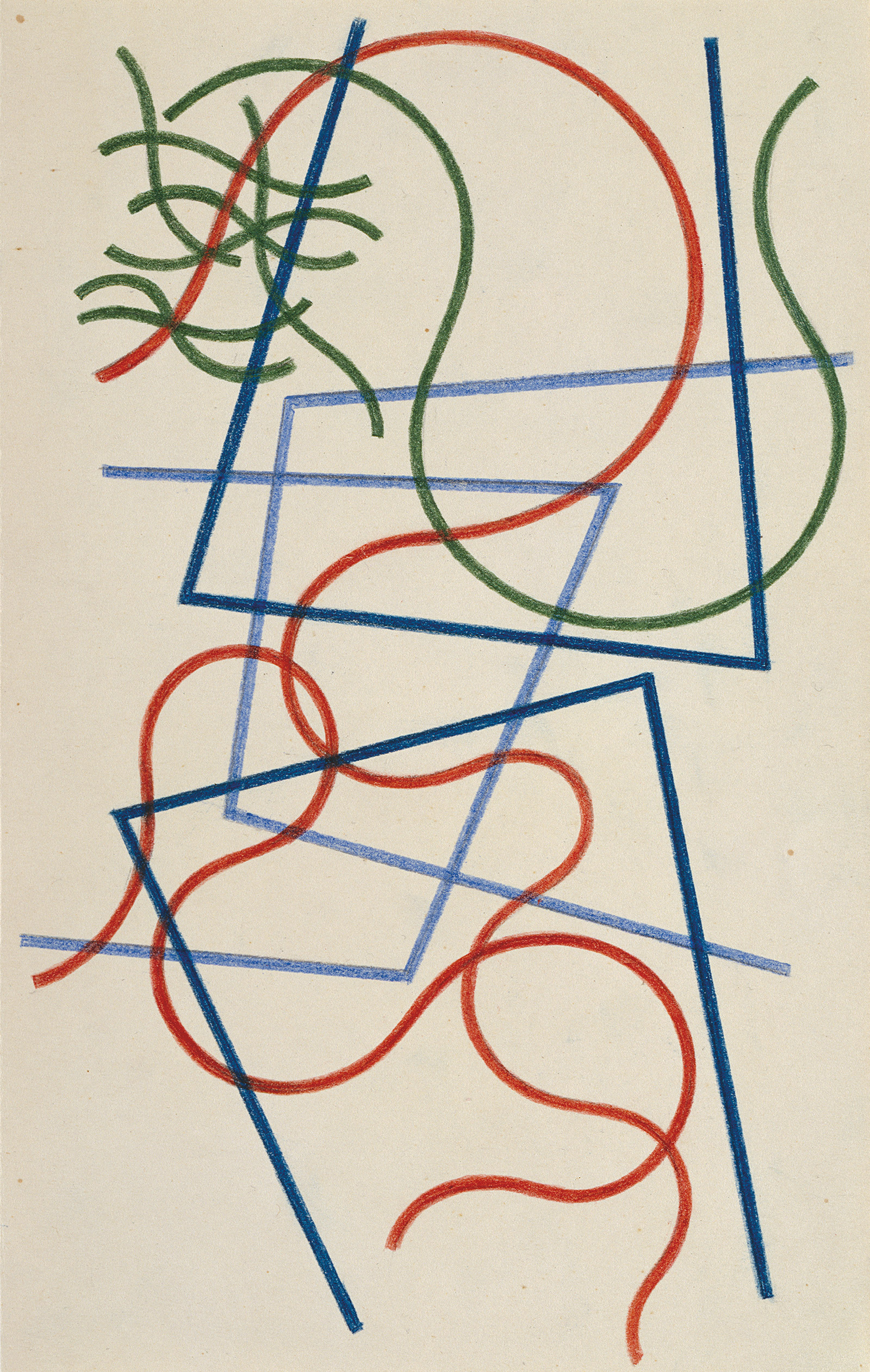
Rythmes verticaux-horizontaux libres (Free, vertical-horizontal rhythms), 1919, by Sophie Taeuber-Arp, gouache on paper.
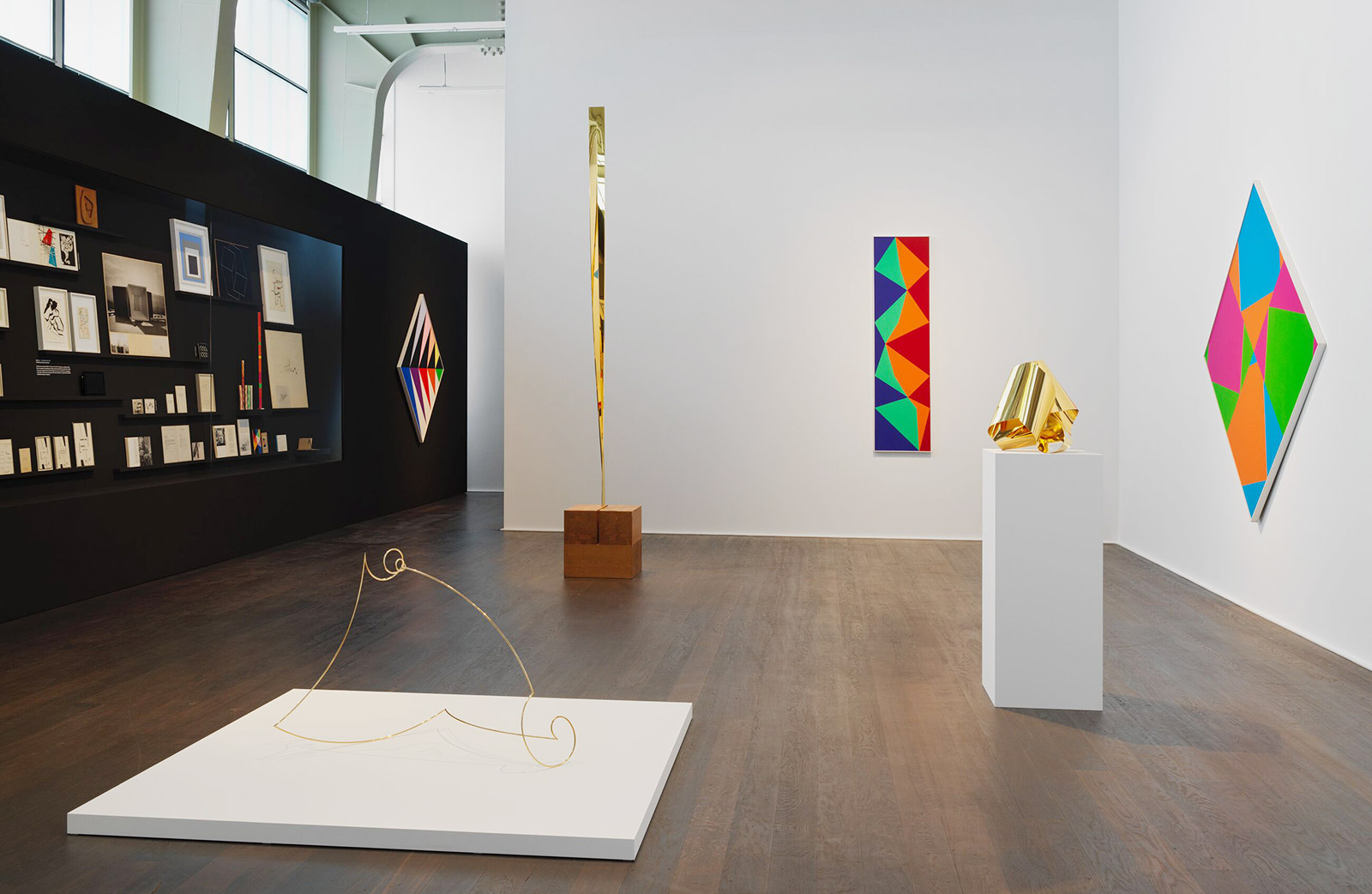
Max bill bauhaus constellations’ at Hauser & Wirth Zurich. © Angela Thomas Schmid / 2019 ProLitteris, Zurich.
INFORMATION
‘Max bill bauhaus constellations’, 9 June – 14 September, Hauser & Wirth. hauserwirth.com
ADDRESS
Hauser & Wirth
Limmatstrasse 270
8005 Zurich
Wallpaper* Newsletter
Receive our daily digest of inspiration, escapism and design stories from around the world direct to your inbox.
Charlotte Jansen is a journalist and the author of two books on photography, Girl on Girl (2017) and Photography Now (2021). She is commissioning editor at Elephant magazine and has written on contemporary art and culture for The Guardian, the Financial Times, ELLE, the British Journal of Photography, Frieze and Artsy. Jansen is also presenter of Dior Talks podcast series, The Female Gaze.
-
 Marylebone restaurant Nina turns up the volume on Italian dining
Marylebone restaurant Nina turns up the volume on Italian diningAt Nina, don’t expect a view of the Amalfi Coast. Do expect pasta, leopard print and industrial chic
By Sofia de la Cruz
-
 Tour the wonderful homes of ‘Casa Mexicana’, an ode to residential architecture in Mexico
Tour the wonderful homes of ‘Casa Mexicana’, an ode to residential architecture in Mexico‘Casa Mexicana’ is a new book celebrating the country’s residential architecture, highlighting its influence across the world
By Ellie Stathaki
-
 Jonathan Anderson is heading to Dior Men
Jonathan Anderson is heading to Dior MenAfter months of speculation, it has been confirmed this morning that Jonathan Anderson, who left Loewe earlier this year, is the successor to Kim Jones at Dior Men
By Jack Moss
-
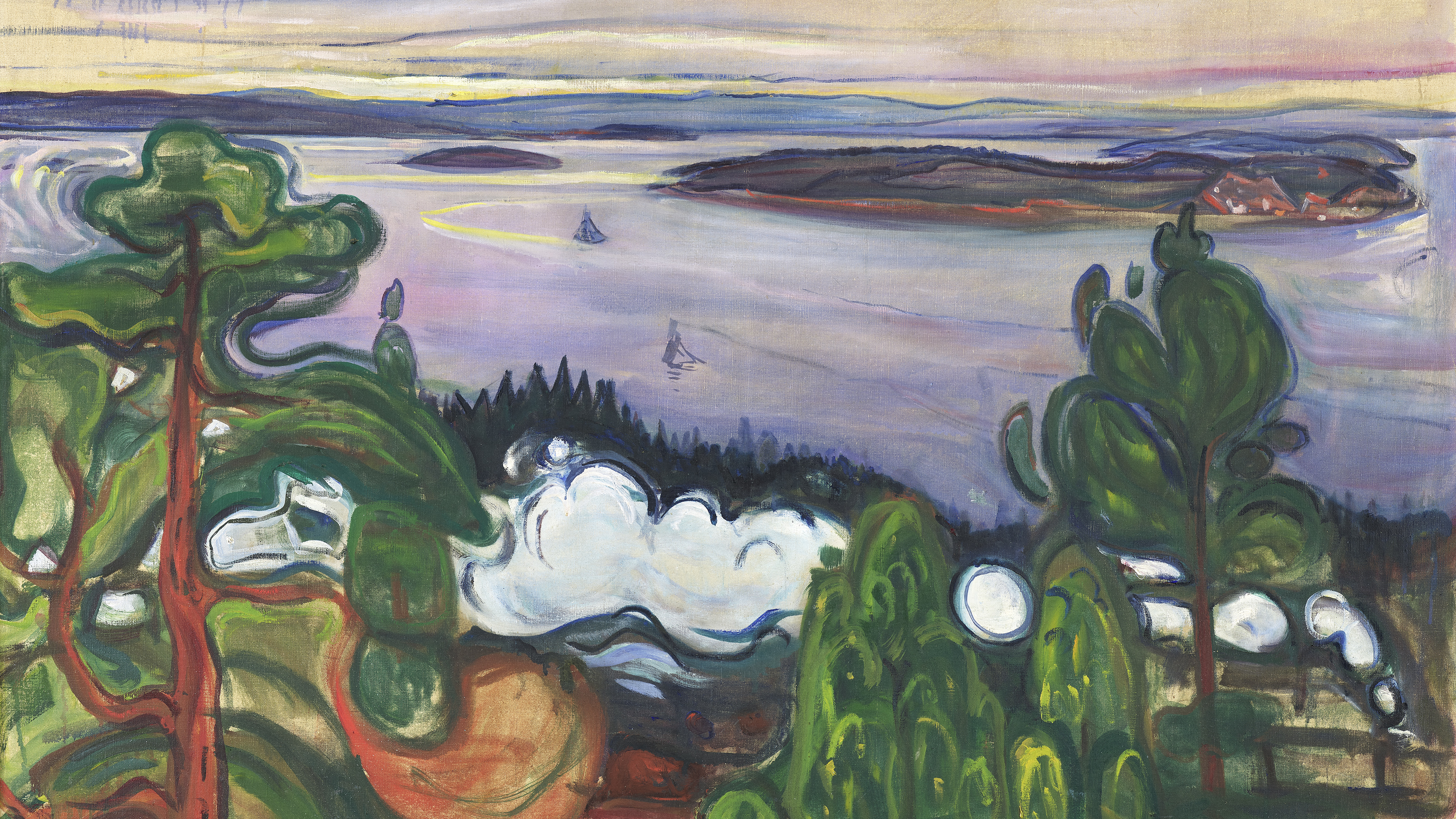 Switzerland’s best art exhibitions to see in 2025
Switzerland’s best art exhibitions to see in 2025Art fans, here’s your bucket list of the standout exhibitions to see in Switzerland in 2025, exploring compelling themes and diverse media
By Simon Mills
-
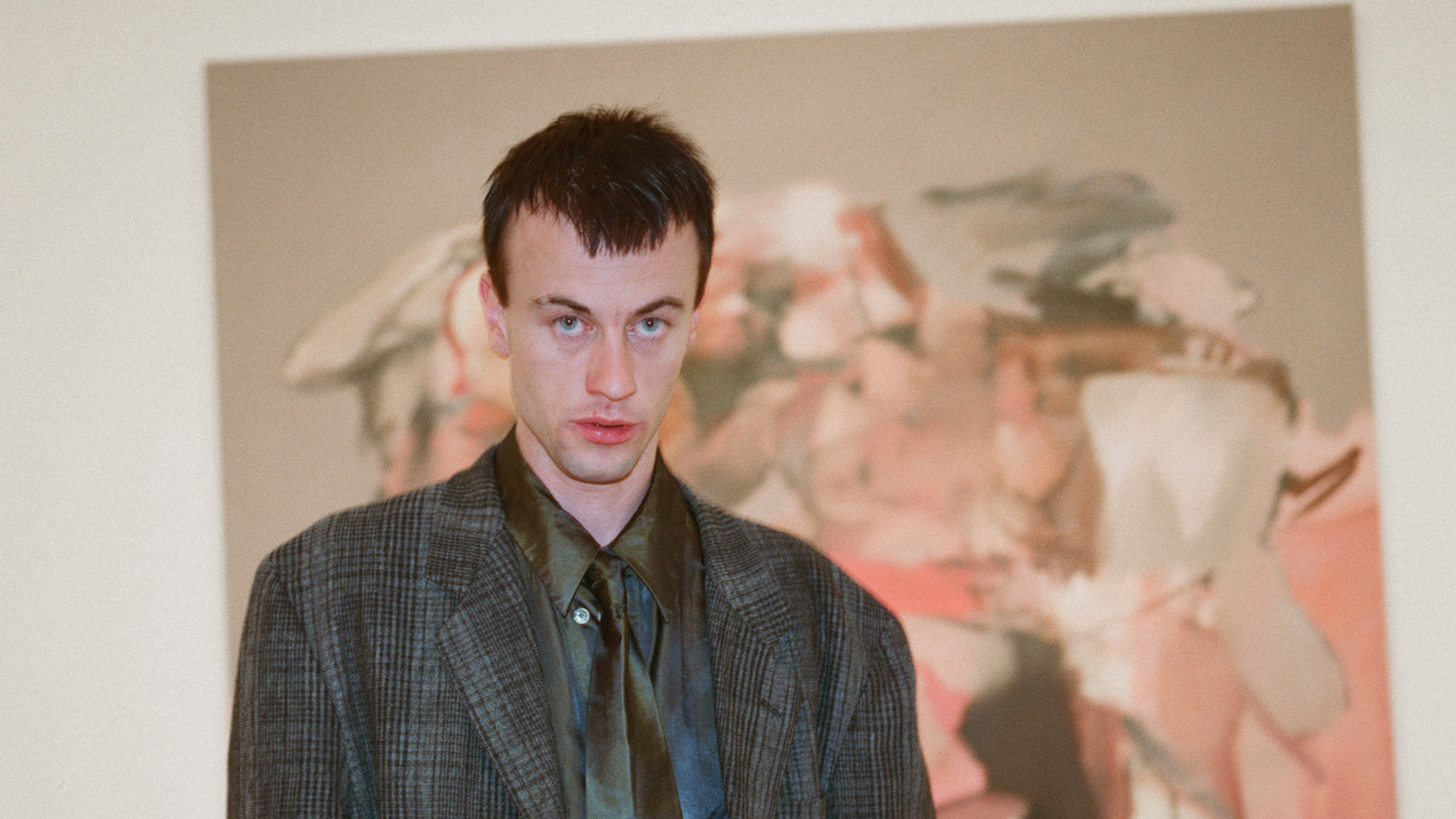 Inside the distorted world of artist George Rouy
Inside the distorted world of artist George RouyFrequently drawing comparisons with Francis Bacon, painter George Rouy is gaining peer points for his use of classic techniques to distort the human form
By Hannah Silver
-
 Out of office: what the Wallpaper* editors have been doing this week
Out of office: what the Wallpaper* editors have been doing this weekA snowy Swiss Alpine sleepover, a design book fest in Milan, and a night with Steve Coogan in London – our editors' out-of-hours adventures this week
By Bill Prince
-
 Inside Jack Whitten’s contribution to American contemporary art
Inside Jack Whitten’s contribution to American contemporary artAs Jack Whitten exhibition ‘Speedchaser’ opens at Hauser & Wirth, London, and before a major retrospective at MoMA opens next year, we explore the American artist's impact
By Finn Blythe
-
 The lesser-known Los Angeles galleries contributing to a vibrant art scene
The lesser-known Los Angeles galleries contributing to a vibrant art sceneOutside of LACMA, MOCA and The Broad, these independent LA galleries are major players in the art world
By Kevin EG Perry
-
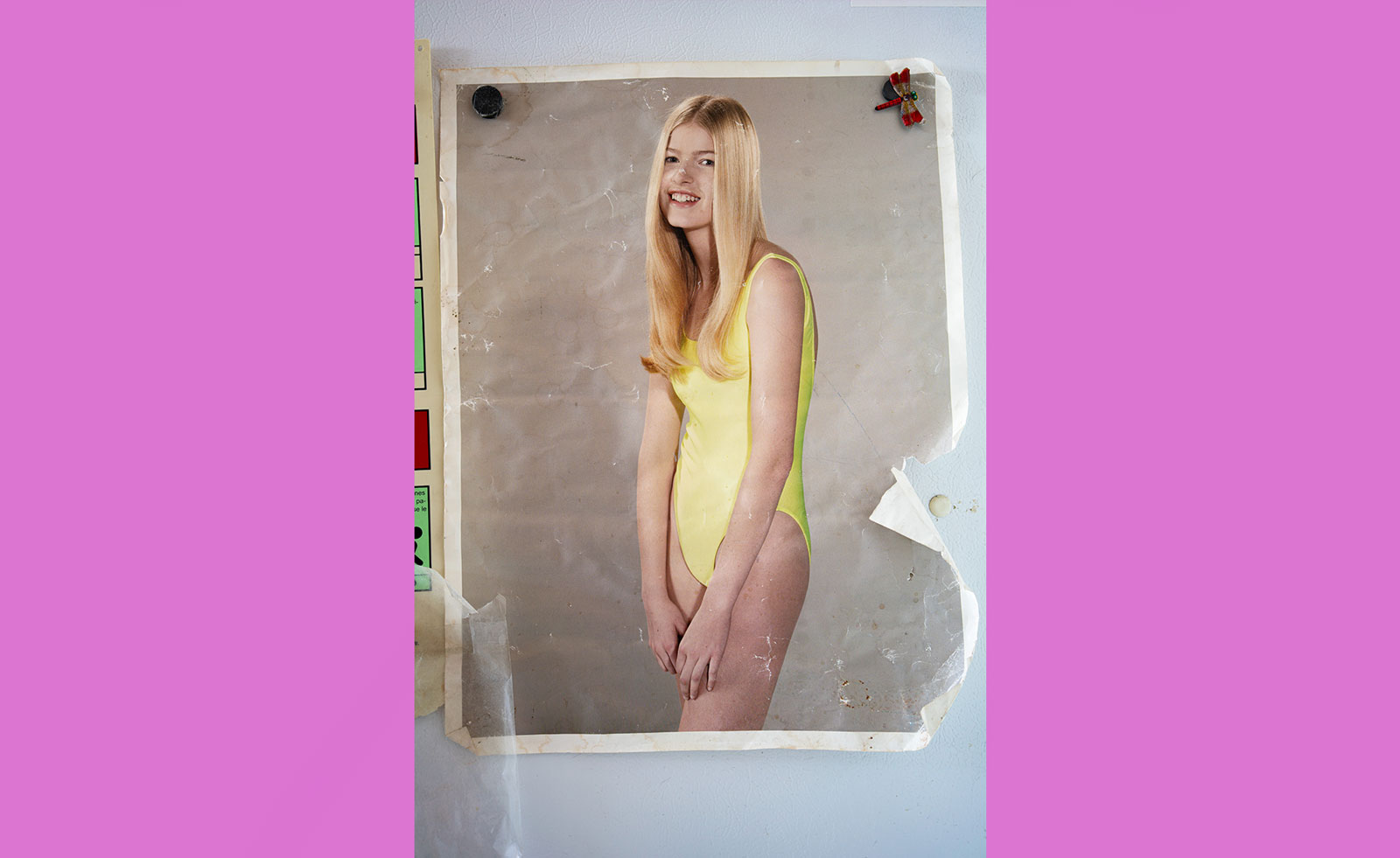 ‘Happy birthday Louise Parker II’: enter the world of Roe Ethridge
‘Happy birthday Louise Parker II’: enter the world of Roe EthridgeRoe Ethridge speaks of his concurrent Gagosian exhibitions, in Gstaad and London, touching on his fugue approach to photography, fridge doors, and his longstanding collaborator Louise Parker
By Zoe Whitfield
-
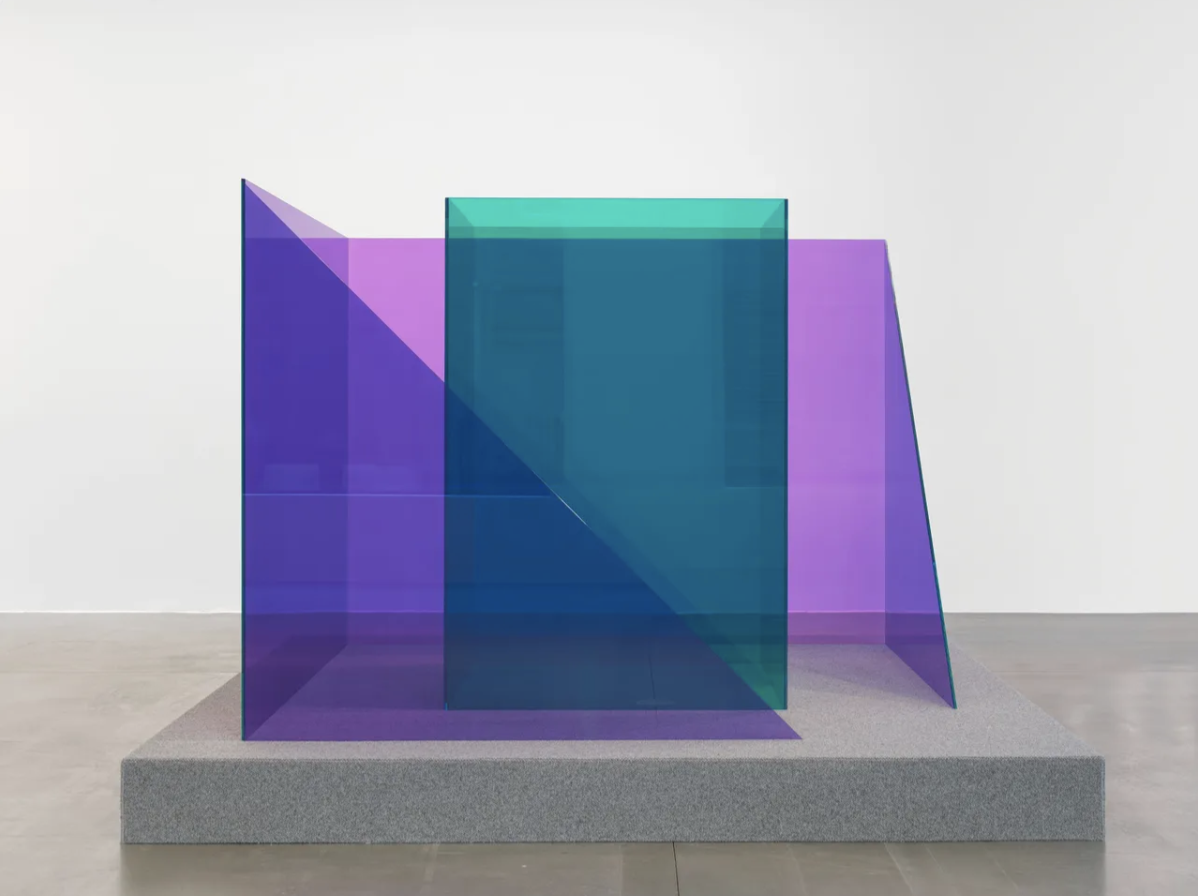 Larry Bell explores the ethereal nature of glass in Monaco
Larry Bell explores the ethereal nature of glass in MonacoLarry Bell's retrospective at Hauser & Wirth, Monaco, unites old and new work
By Finn Blythe
-
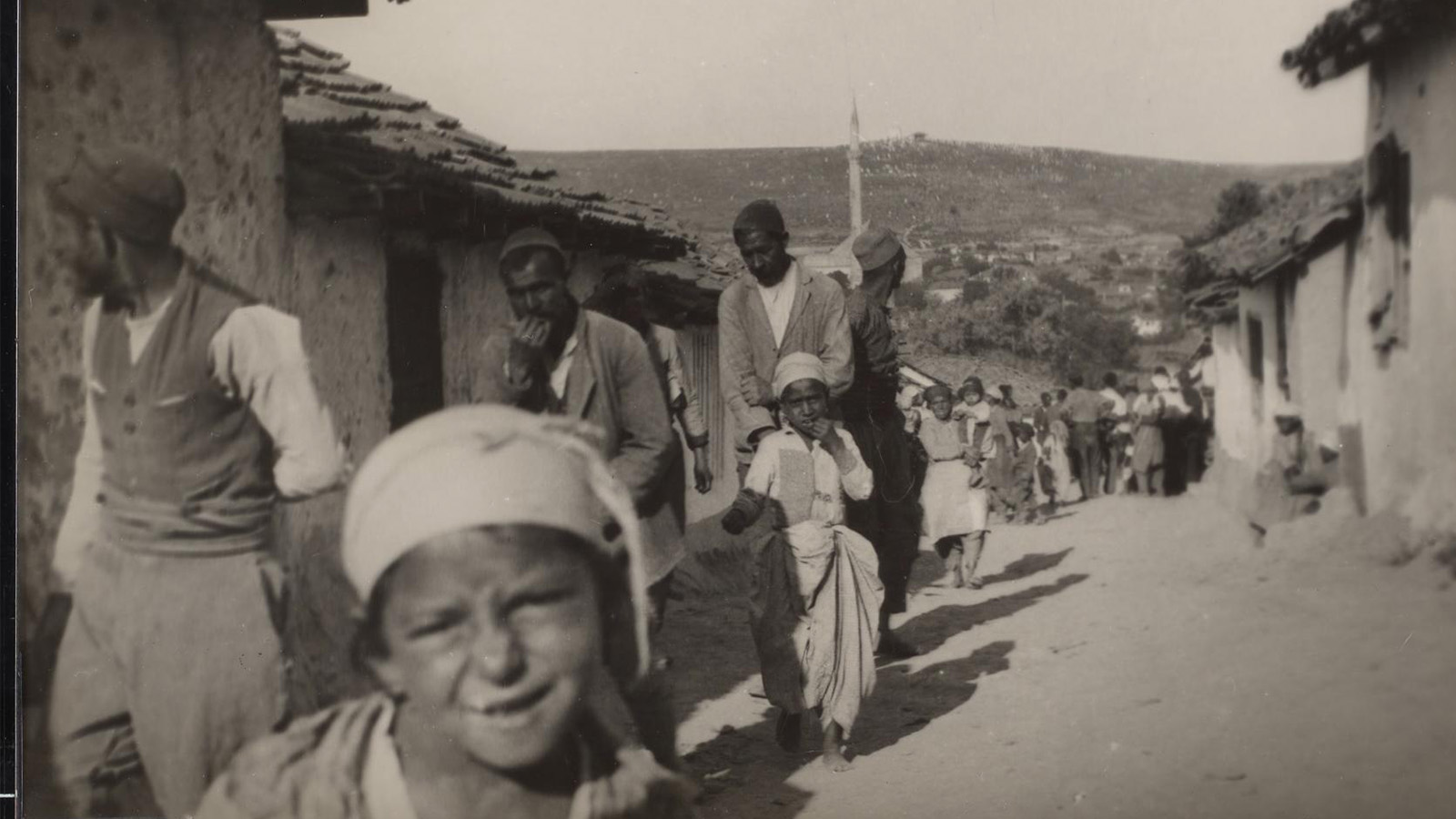 Lucia Moholy’s retrospective captures her life's work behind the lens
Lucia Moholy’s retrospective captures her life's work behind the lens‘Lucia Moholy: Exposures’ is an appraisal of a true virtuoso of 20th-century photography, opening at Kunsthalle Prague
By Finn Blythe